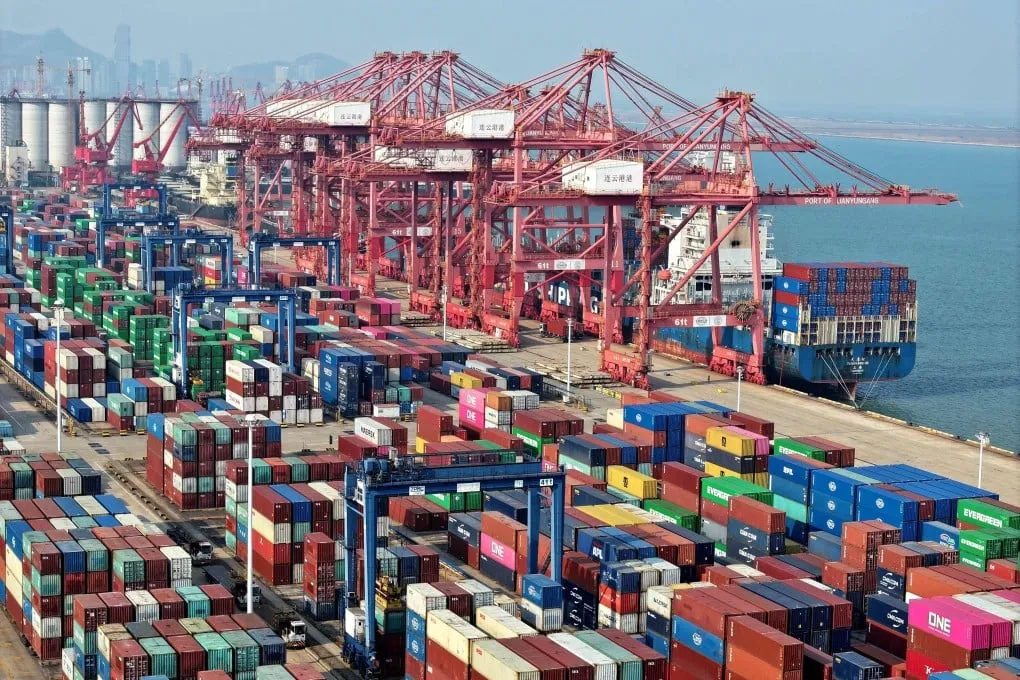Islamabad: Pakistan’s trade deficit with the Middle East has surpassed $10.5 billion during the first nine months of fiscal year 2024-25 (9MFY25), reflecting a 10.11% increase from the $9.538 billion recorded during the same period last year.
This widening gap is primarily attributed to an upsurge in petroleum imports, underscoring the growing pressure on the country’s trade balance amid persistent energy import dependence.
According to data from the State Bank of Pakistan (SBP), the increase in crude oil imports—up by 14.61% in quantity during the first eight months of FY25—has significantly contributed to the mounting trade imbalance.
This rise in petroleum consumption marks a reversal from the previous fiscal year, FY24, when the trade deficit with the Middle East had narrowed by 20.47% to $13.014 billion from $16.365 billion in FY23.
That earlier improvement was largely driven by reduced petroleum imports due to lower consumption, influenced by surging local fuel prices.
During July to March FY25, Pakistan’s exports to the Middle East grew by 4.47%, reaching $2.381 billion, compared to $2.279 billion in the corresponding period last year.
In FY24, the country saw a stronger performance, with exports to the region rising by 35.23% to $3.155 billion from $2.33 billion in FY23.
In contrast, imports from Middle Eastern countries jumped 9.02% in 9MFY25, reaching $12.883 billion versus $11.817 billion during the same period last year.
This marks a significant shift from FY24, when imports declined by 13.53% to $16.16 billion from $18.69 billion in the preceding fiscal year.
To address the rising trade imbalance, Pakistan has recently entered into a free trade agreement (FTA) with Gulf Cooperation Council (GCC) states.
The aim is to stimulate exports and create a more balanced trade relationship with key partners in the Middle East.
The agreement comes at a time when demand for Pakistani goods is showing signs of improvement, particularly in markets like the UAE, Saudi Arabia, and Qatar.
Read More: Pakistan Current Account Registered Surplus of $1.195 bln in March
Exports to Saudi Arabia rose 6.95% to $552.26 million during July-March FY25, up from $516.34 million in the same period last year.
In FY24, exports to the kingdom had already seen a significant 40.98% increase, reaching $710.335 million compared to $503.851 million in FY23.
Meanwhile, imports from Saudi Arabia in the current fiscal period declined by 15.15%, dropping to $2.828 billion from $3.333 billion.
In FY24, these imports saw a marginal decline of just 0.01%, standing at $4.49 billion compared to $4.50 billion a year earlier.
Trade with the UAE has also shown promising growth. Exports to the UAE increased by 8.27% in 9MFY25, rising to $1.610 billion from $1.487 billion a year earlier.
In FY24, exports had risen sharply by 41.15%, climbing to $2.082 billion from $1.475 billion in FY23. This surge was largely attributed to increased shipments to Dubai.
Despite these gains in export volumes to specific countries within the region, Pakistan continues to face challenges in bridging the overall trade gap due to the overwhelming volume of petroleum imports.
The trade data underscores the need for structural economic reforms aimed at reducing energy dependency and diversifying the export base.
Also Read: Pakistan’s Trade Deficit with Neighboring Countries Grows
Policymakers are likely to monitor these trends closely as they implement the new FTA and consider further measures to address the growing imbalance and ensure sustainable external sector stability.









